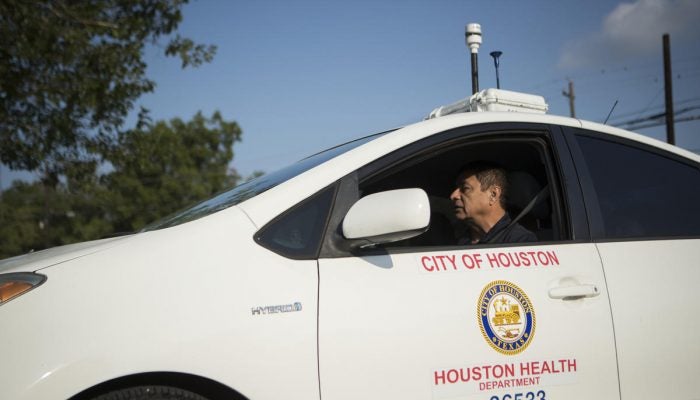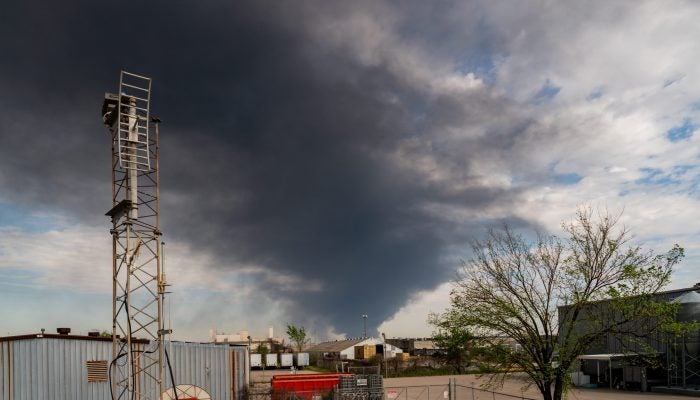Why current efforts aren’t enough
Most towns and cities around the world have just one – if any – air pollution monitor. Low- and middle-income countries, where pollution is often pervasive, may not have any on-the-ground air quality monitors.
Limited data create an incomplete picture
Regional monitors provide important information about the overall air quality across a large area. These stationary monitors are expensive and sparsely located high above the ground, far from where people are breathing. They can paint a picture of air quality within a region but not within a city.
To overcome this, scientists and regulatory agencies use sophisticated models that combine known air quality, weather and emissions data to estimate pollution within a city. But for large parts of the world that lack expensive stationary monitoring networks, reliable, cost-effective on-the-ground air quality data is critical to building a better understanding of pollution.
New technology pinpoints hotspots, solutions
New technologies are measuring air quality in innovative ways at a finer scale. This provides a clearer picture of pollution in cities and neighborhoods and allows us to more accurately pinpoint sources of pollution. From on-road mobile monitors to satellites to inexpensive stationary networks, new technologies are helping cities and residents demand targeted action to improve the air they breathe and their health.
Read more from EDF + Business on how the market for air pollution sensors is skyrocketing and how innovators can capture this growth.


